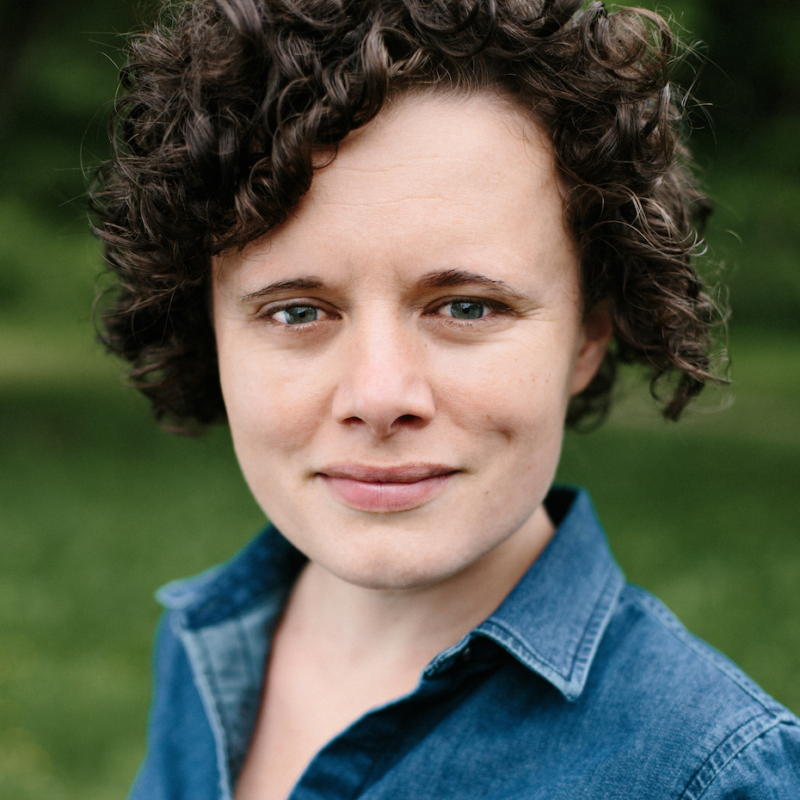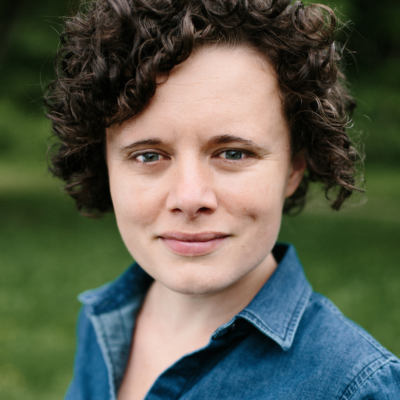Approximately a year and a half ago, Michelle King was in the lab testing how cells expressing the protein tau react to different compounds. “I wanted to watch them live while I added different things to the culture to see if something happened,” she King, a research assistant professor of biology at UVA. One of the first compounds she tried was the peptide beta-amyloid. As it happens, both tau and beta-amyloid are two of the main proteins found to be abnormal in cases of Alzheimer’s disease. “I was quite surprised to see the effect,” she says. “The cells appeared to round up and die very rapidly.”
In cases of Alzheimer’s, connections between nerve cells in the brain are lost. When a nerve cell loses its connections with other nerve cells, it dies soon thereafter. These connections between nerve cells are the actual structural basis of memory and cognition—just like electric circuits in a computer chip. Identifying what causes the cell to lose its connections is not only important in diagnosing the disease, but also in targeting the sources of the disease.
 Biology professors George Bloom and Michelle King recently made important breakthroughs in Alzheimer’s research. Here they study cultured African green monkey brain cells. |
As a result, King’s initial discovery was quite phenomenal. “It was definitely a moment where you stumble upon something and realize that it could be something very important and very big,” she says. At that point, King brought in George S. Bloom, a professor of biology and cell biology at UVA. The two—along with a small cadre of researchers and professors—continued to test the reaction of beta-amyloid to tau and finally published their results in the Journal of Cell Biology in November.
“What we’ve done is discover a brand new pathway that contains multiple steps that are very important in the early stages of Alzheimer’s disease,” says Bloom. “These are not baby steps, but where we think the really bad damage occurs.” According to Bloom, identifying the different stages in the disease also opens them up as potential drug targets. While that task will largely be left to the big pharmaceutical firms, Bloom and King continue to try and decipher the mysteries of Alzheimer’s.
“We’re trying very actively to figure out more of the steps in the process,” the professor says. “We’re trying to fill in the blanks.”
For more information about Alzheimer’s, go to the Alzheimer’s Association website:
C-VILLE welcomes news tips from readers. Send them to news@c-ville.com.





